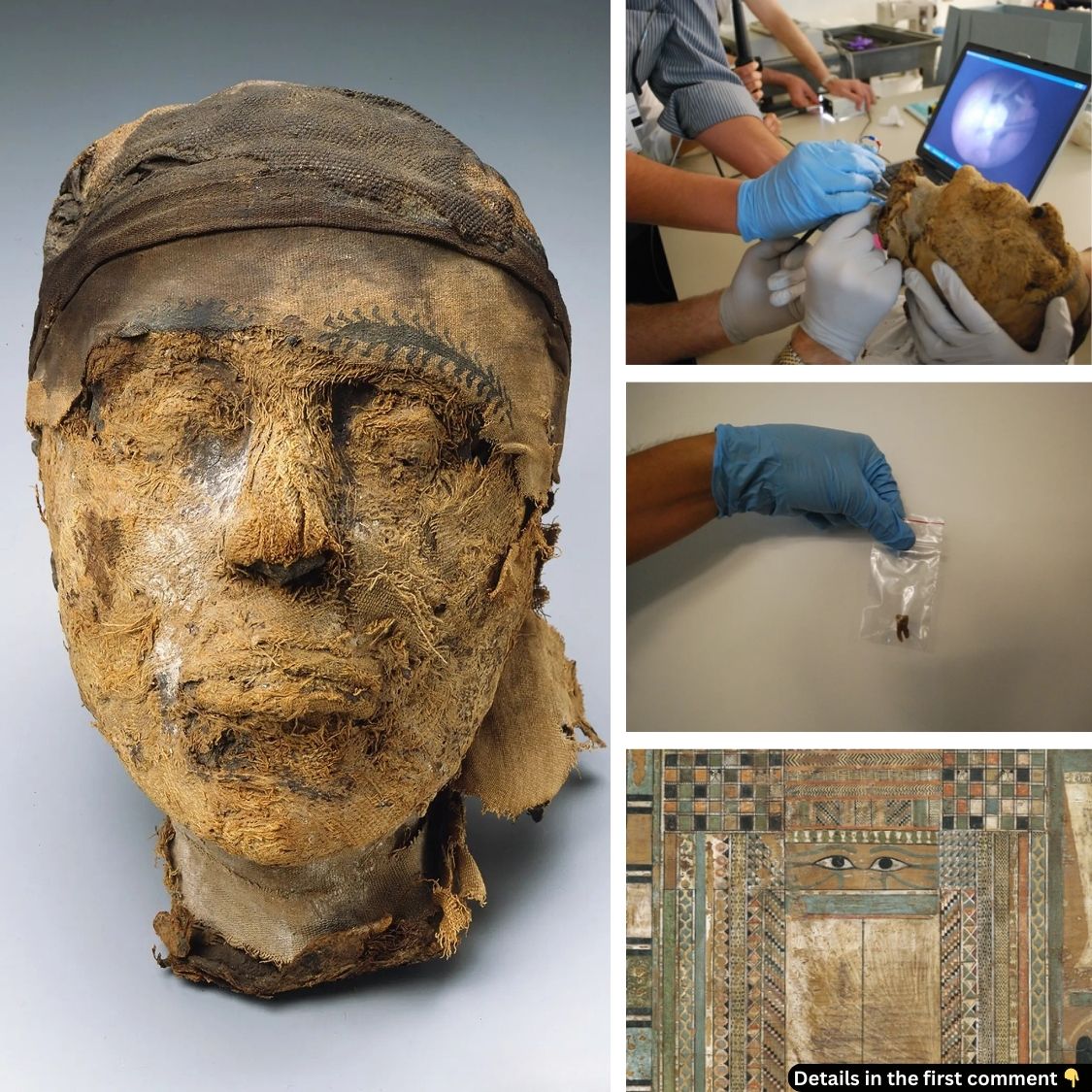For over a century, the severed head of a 4,000-year-old mummy found in Egypt’s Deir el-Bersha tomb remained a mystery. Was it the head of the governor, Djehutynakht, or his wife? In a groundbreaking collaboration, the FBI applied cutting-edge DNA technology to finally solve this ancient riddle, offering a fascinating glimpse into how modern science is unraveling the secrets of the past.
The Discovery of the Mummy’s Head
The mystery began in 1915 when the decapitated head of a mummy was discovered in a looted tomb in the Deir el-Bersha necropolis in Egypt. The tomb, believed to belong to a provincial governor named Djehutynakht and his wife, had been plundered long before archaeologists arrived on the scene. The looters had stolen most of the valuables, leaving behind only a few objects and the remains of the governor and his wife. Among the most puzzling discoveries was the severed head, which lay on top of the governor’s coffin. Despite the tomb’s excavation and the identification of its owners, archaeologists could not definitively determine whether the head belonged to Djehutynakht or his wife.
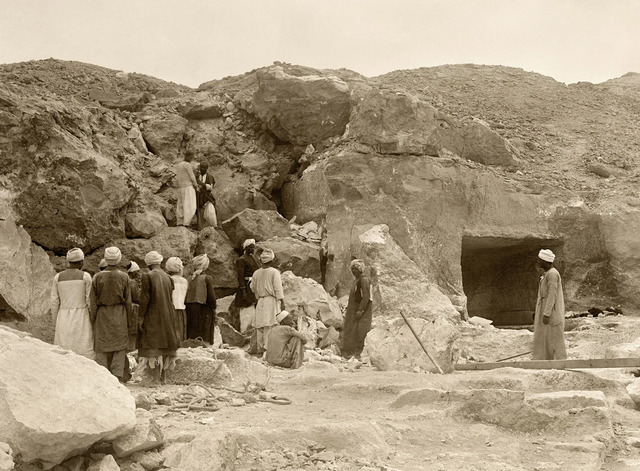
For years, researchers and historians debated the identity of the mummified head. The Boston Museum of Fine Arts (MFA), which had acquired the entire tomb’s contents in 1920, attempted to solve the mystery. However, due to the damaged state of the mummy and the limited technology available at the time, the identity remained elusive.
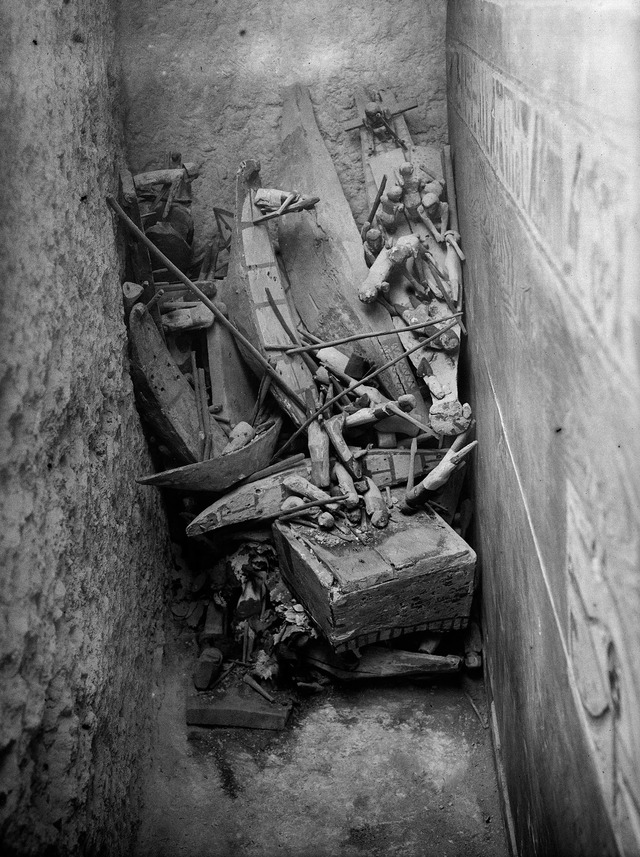
Video
Check out the video 4,000-Year-Old Mummy Mystery from Egypt’s Unexplained Files. This documentary delves into the secrets surrounding ancient mummies and their mysterious origins!
The Role of the Boston Museum of Fine Arts
In the years following the discovery, the MFA worked diligently to preserve and study the tomb’s contents, which included four painted coffins, miniature wooden models, pottery, canopic jars, and funerary figurines. The tomb was an extraordinary find, with the burial assemblages offering insight into everyday life in ancient Egypt. Despite the wealth of information from the tomb’s other contents, the identity of the mummy’s head remained a mystery.
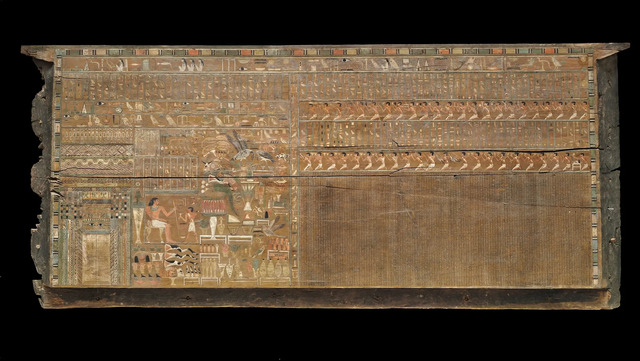
In the early 2000s, the MFA took a new approach to solving the enigma. A collaboration with Massachusetts General Hospital (MGH) led to the extraction of a tooth from the mummified head. However, even with the advancements in medical imaging and testing, DNA analysis could not provide the answers at that time. The tooth, although crucial, could not yield enough genetic material to determine the mummy’s gender or identity.
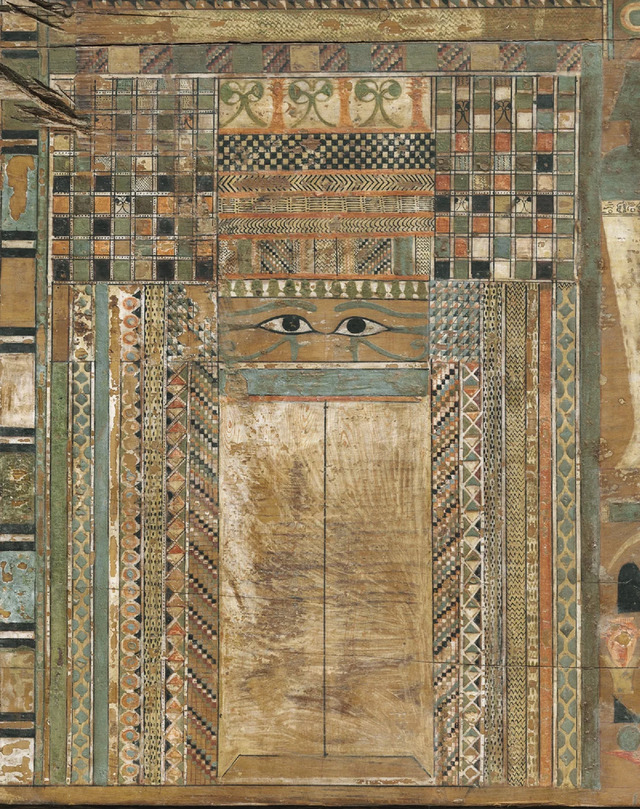
Advancements in DNA Testing
As the years passed, DNA testing technology continued to improve. While extracting DNA from ancient remains had been thought to be nearly impossible due to the extreme age and harsh conditions of mummified bodies, advancements in forensic science offered new hope. In 2016, the tooth from the mummy’s head was sent to the FBI for further analysis. The FBI’s DNA support unit, led by forensic scientist Odile Loreille, was tasked with extracting DNA from the degraded molar.
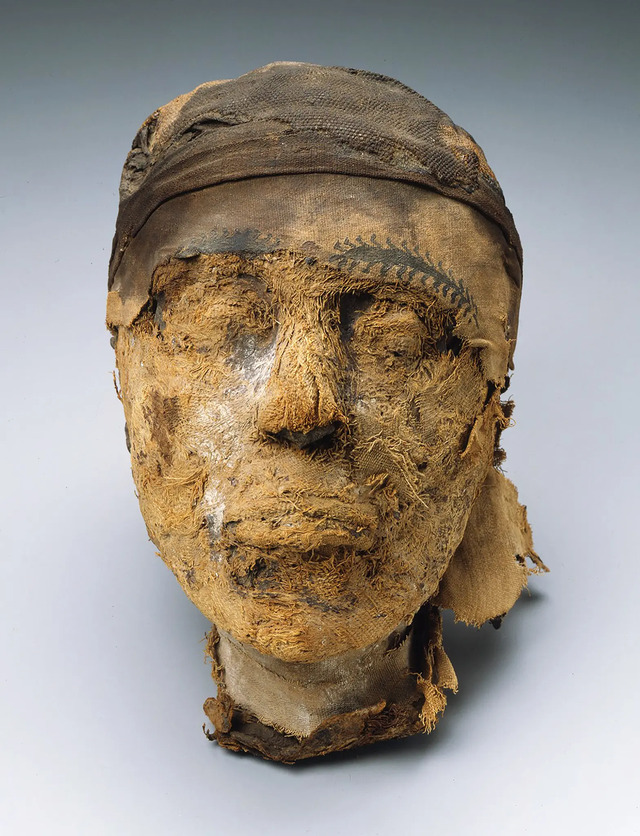
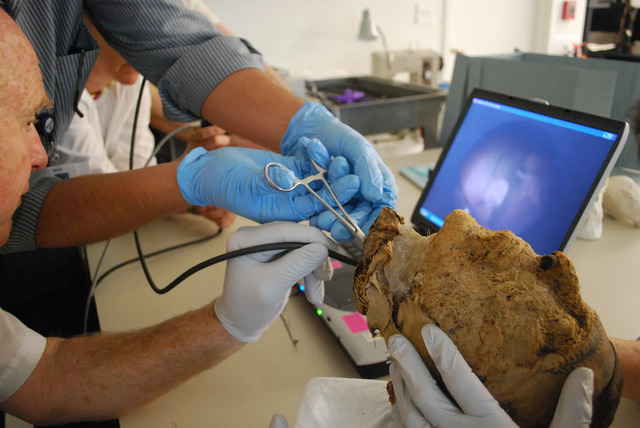
The challenges were significant: not only had the mummy’s head been exposed to the harsh Egyptian climate for centuries, but it had also been further damaged by looters and modern archaeologists. The DNA was highly degraded, and many believed it would be impossible to extract viable genetic material. Nevertheless, Loreille and her team went to work, using a technique called hybridization capture, which had recently shown promise in extracting DNA from ancient remains. After drilling into the tooth, they collected the powder, dissolved it in a chemical solution, and used advanced sequencing equipment to analyze the DNA.
FBI’s Forensic Involvement
What made this case unique was the involvement of the FBI. Unlike typical archaeological investigations, the FBI’s forensic scientists approached the mummy’s head as they would any other piece of evidence from a crime scene. The goal was not just to uncover the mummy’s identity, but also to refine DNA extraction techniques for use in criminal investigations.
The FBI’s involvement was driven by the scientific challenge rather than the historical significance of the case. As Anthony Onorato, chief of the FBI’s DNA support unit, explained, “What we work with is evidence, and evidence is just everyday items that happen to be associated with a crime scene.” The FBI saw this as an opportunity to push the boundaries of forensic DNA analysis, using an ancient mummy to develop new methods for extracting genetic material from contaminated or degraded sources.
Identification of the Mummy’s Gender

After months of analysis, the forensic scientists were able to determine the mummy’s gender. By studying the ratios of sex chromosomes in the DNA sequence, they confirmed that the mummy was male, and the head belonged to the governor, Djehutynakht. The revelation not only solved a century-old mystery but also highlighted the advances in forensic science that made this discovery possible.
For Rita Freed, a curator at the MFA, the breakthrough was a monumental moment. “We now know the FBI has developed a technique to reconstruct the very most degraded DNA. If they can reconstruct DNA from a 4,000-year-old tooth, they can reconstruct it from just about anything,” she said. The identification of Djehutynakht’s head was not just a triumph for archaeology, but a testament to the potential of modern forensic science to solve complex mysteries.
Technological Breakthroughs and Their Impact
The successful identification of the mummy’s head is not just a win for historical research—it has far-reaching implications for forensic science. The technique used by the FBI, known as next-generation sequencing, allows scientists to extract DNA from even the most degraded samples. This has the potential to revolutionize the way we solve cold cases and identify missing persons. As Onorato explained, the breakthrough represents “a transition in forensic science,” one that could increase the success rate of DNA analysis for law enforcement agencies around the world.
Forensic scientists are already applying these techniques to more recent cases, such as the identification of missing persons or unknown victims of violent crimes. As the methods become more routine, the hope is that they will lead to faster and more accurate identification of remains, offering closure to families who have waited years, or even decades, for answers.
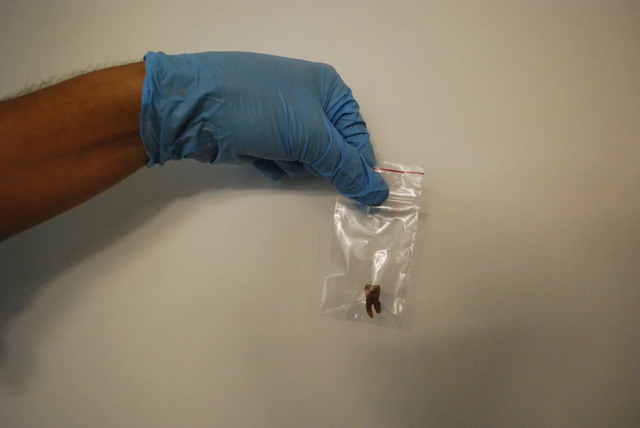
The Case’s Broader Implications for Forensic Science
The success of this case underscores the immense potential of DNA testing in both historical and modern contexts. By applying forensic science to ancient remains, the FBI has not only solved a mystery but also improved the tools available to law enforcement agencies around the world. The technique used on the mummy is a prime example of how modern technology can unlock answers from the past, and how these innovations can be adapted to solve real-world problems in forensic investigations today.
Video
Watch the video to hear the eerie “mummy voice,” a fascinating and rare audio recording that brings ancient history to life in a completely unexpected way!
Conclusion
The mystery of the 4,000-year-old mummy’s head has captivated archaeologists, historians, and forensic scientists alike. Thanks to a groundbreaking collaboration between the Boston Museum of Fine Arts, Massachusetts General Hospital, and the FBI, the puzzle has finally been solved. The identification of Governor Djehutynakht’s head is a testament to the power of modern forensic science and the incredible advancements in DNA testing. This case not only brings closure to a century-old mystery but also sets the stage for future breakthroughs in forensic investigations, proving that the past and the present can collide in the most unexpected ways.
